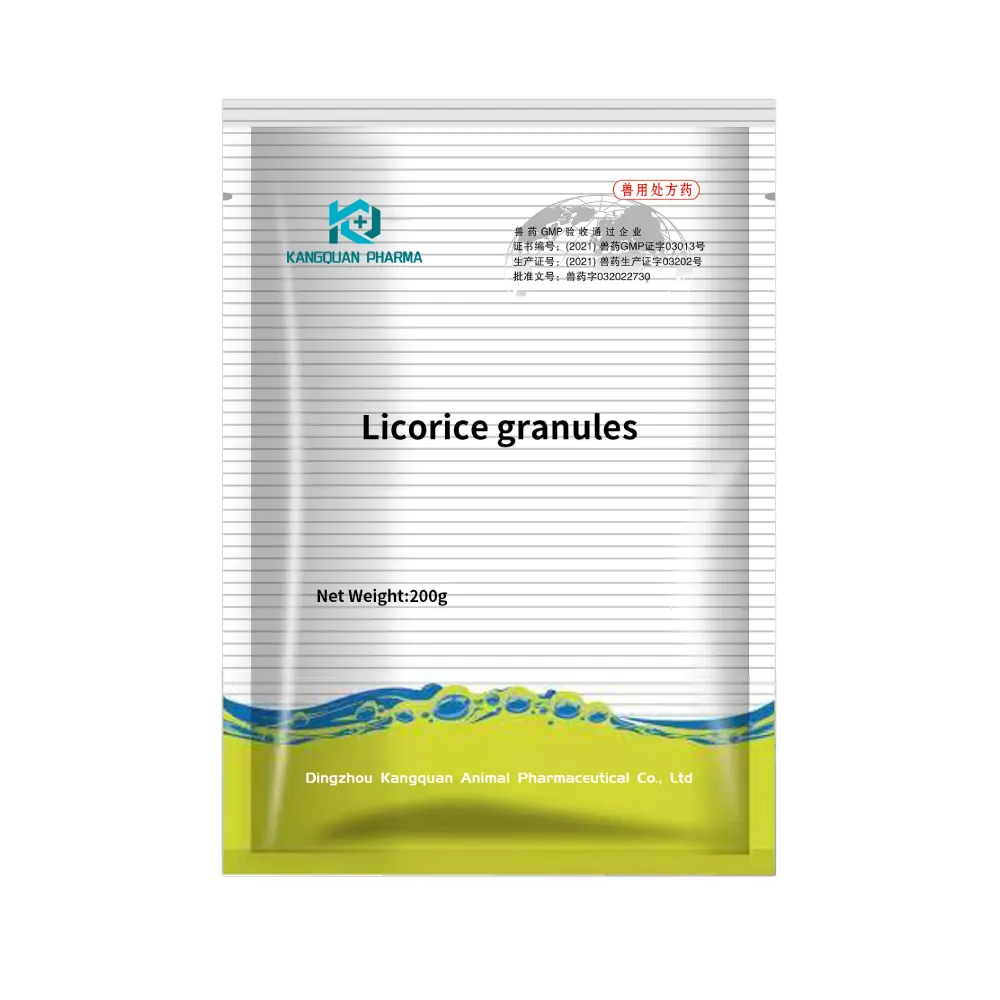- Afrikaans
- Albanian
- Amharic
- Arabic
- Armenian
- Azerbaijani
- Basque
- Belarusian
- Bengali
- Bosnian
- Bulgarian
- Catalan
- Cebuano
- Corsican
- Croatian
- Czech
- Danish
- Dutch
- English
- Esperanto
- Estonian
- Finnish
- French
- Frisian
- Galician
- Georgian
- German
- Greek
- Gujarati
- Haitian Creole
- hausa
- hawaiian
- Hebrew
- Hindi
- Miao
- Hungarian
- Icelandic
- igbo
- Indonesian
- irish
- Italian
- Japanese
- Javanese
- Kannada
- kazakh
- Khmer
- Rwandese
- Korean
- Kurdish
- Kyrgyz
- Lao
- Latin
- Latvian
- Lithuanian
- Luxembourgish
- Macedonian
- Malgashi
- Malay
- Malayalam
- Maltese
- Maori
- Marathi
- Mongolian
- Myanmar
- Nepali
- Norwegian
- Norwegian
- Occitan
- Pashto
- Persian
- Polish
- Portuguese
- Punjabi
- Romanian
- Russian
- Samoan
- Scottish Gaelic
- Serbian
- Sesotho
- Shona
- Sindhi
- Sinhala
- Slovak
- Slovenian
- Somali
- Spanish
- Sundanese
- Swahili
- Swedish
- Tagalog
- Tajik
- Tamil
- Tatar
- Telugu
- Thai
- Turkish
- Turkmen
- Ukrainian
- Urdu
- Uighur
- Uzbek
- Vietnamese
- Welsh
- Bantu
- Yiddish
- Yoruba
- Zulu
9 月 . 16, 2024 00:36 Back to list
Doxycycline Hyclate - Uses, Dosage, Side Effects & Precautions
Doxycycline Hyclate An Overview
Doxycycline hyclate is a broad-spectrum tetracycline antibiotic that has become an essential medication for treating a variety of bacterial infections and other medical conditions. It is commonly prescribed for conditions such as respiratory tract infections, acne, urinary tract infections, and certain sexually transmitted infections. Understanding this medication, its uses, dosage, and potential side effects is crucial for both healthcare providers and patients.
Mechanism of Action
Doxycycline works by inhibiting protein synthesis in bacteria. It binds to the 30S ribosomal subunit, preventing the addition of amino acids to the growing peptide chain. This action stops bacterial growth and reproduction, making doxycycline effective against a wide range of gram-positive and gram-negative bacteria. Additionally, it has shown efficacy against certain parasites, making it a versatile option in treating infections caused not only by bacteria but also by other pathogens.
Uses
Doxycycline hyclate is prescribed for various infections, including
1. Respiratory Tract Infections It is effective for conditions such as pneumonia and bronchitis, especially when caused by susceptible organisms. 2. Acne Doxycycline can reduce inflammation and bacterial growth associated with acne vulgaris. 3. Sexually Transmitted Infections It is often used to treat chlamydia and syphilis, among others. 4. Tick-Borne Diseases Doxycycline is the drug of choice for Lyme disease and Rocky Mountain spotted fever. 5. Malaria Prophylaxis In certain areas, it is used as a preventive measure for malaria in travelers.
doxy cycline hyclate

Dosage and Administration
Doxycycline hyclate is available in various forms, including capsules, tablets, and intravenous formulations. The dosage may vary depending on the specific condition being treated. Commonly, for adults, the initial dose is around 100 mg taken twice a day, followed by a maintenance dose of 100 mg once daily after the first day. It is important to take doxycycline with a full glass of water, and patients are advised to remain upright for at least 30 minutes after taking it to mitigate the risk of esophageal irritation.
Side Effects
Like all medications, doxycycline hyclate can cause side effects. Common side effects include gastrointestinal disturbances such as nausea, vomiting, and diarrhea. Other less common but more serious side effects may include photosensitivity (increased sensitivity to sunlight), allergic reactions, and potential effects on bone and teeth development in children. Therefore, it is generally advised that doxycycline should be avoided in pregnant women and children under the age of eight unless absolutely necessary.
Conclusion
Doxycycline hyclate is a vital component of modern antibiotic therapy, offering effective treatment for a broad spectrum of infections. Its versatility, coupled with a generally favorable safety profile, makes it a go-to choice for healthcare providers. However, as with any medication, it should be used judiciously, keeping in mind the potential for side effects and the importance of appropriate use in the context of antibiotic resistance. As more resistant strains of bacteria emerge, the role of antibiotics like doxycycline in the treatment landscape becomes increasingly significant, highlighting the need for ongoing medical education and responsible prescribing practices.
-
The Power of Radix Isatidis Extract for Your Health and Wellness
NewsOct.29,2024
-
Neomycin Sulfate Soluble Powder: A Versatile Solution for Pet Health
NewsOct.29,2024
-
Lincomycin Hydrochloride Soluble Powder – The Essential Solution
NewsOct.29,2024
-
Garamycin Gentamicin Sulfate for Effective Infection Control
NewsOct.29,2024
-
Doxycycline Hyclate Soluble Powder: Your Antibiotic Needs
NewsOct.29,2024
-
Tilmicosin Premix: The Ultimate Solution for Poultry Health
NewsOct.29,2024













